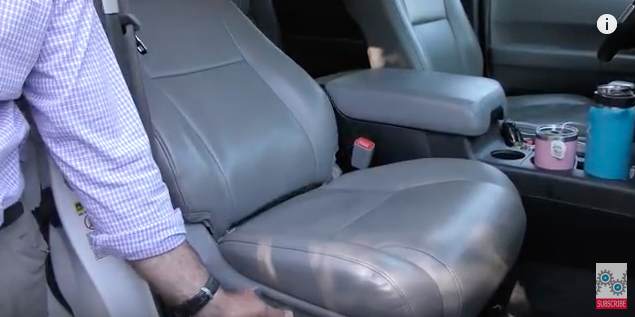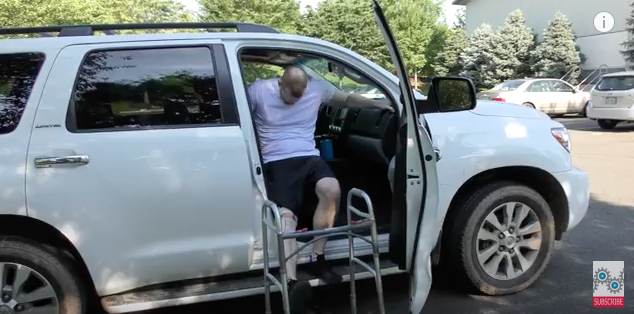Background
A Posterior Hip Replacement is commonly performed in people who have chronic hip pain. This hip pain may be from a prior injury, wear and tear over time, and several types of arthritis including Rheumatoid Arthritis and Osteoarthritis. With any of these conditions, the structures of the hip may become damaged and prevent normal movement of the hip joint. A healthy hip joint should move and glide freely without painful motion.
If Posterior Hip Replacement is recommended, the surgeon will perform surgery to replace the ball and socket joint of the hip with prosthesis. In order to fit the new parts, the bones are shaped and cleaned in order to join the new parts together. This creates a brand new hip joint from synthetic parts.
After surgery you will most likely be using an assistive device to help you walk. It is important to know how to properly use and size these items in order to be safe. Check our Walking Assistance page in order to learn about this.
Recommended Products
Post Surgery Precautions
Due to the location of the surgical procedure, a number of precautions need to be followed after surgery to avoid hip dislocation. These Posterior Total Hip Replacement Precautions should strictly be followed for 3 months after surgery and you should check with you physician before forgoing them. There are three precautions that should be obeyed. They are:
1) Never bend your hip past 90 degrees.
2) Never cross your hip past midline.
3) Never perform internal rotation at the hip.
The first precaution is to never have your hip angle go past 90 degrees.
Hip Angle at 90 Degrees

If the knee is lower than the hip this is still a safe position.
Hip Angle Greater than 90 Degrees
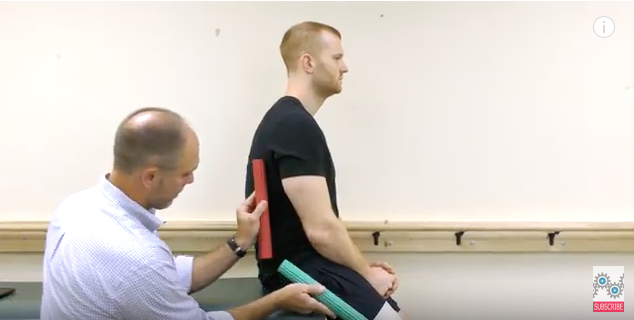
Lying on your back is safe. Even bending your hip a little is okay. Here the hip angle is past 90 degrees so this is wrong.
Lying on Back Hip Angle Past 90 Degrees

Bending forward at your waist while sitting can also make the angle past 90 degrees and should be avoided.
Sitting Hip Angle Past 90 Degrees

If you are sitting and raise your hip upwards this also causes the hip to go past 90 degrees and should be avoided.
Sitting Raising Hip Angle Past 90 Degrees
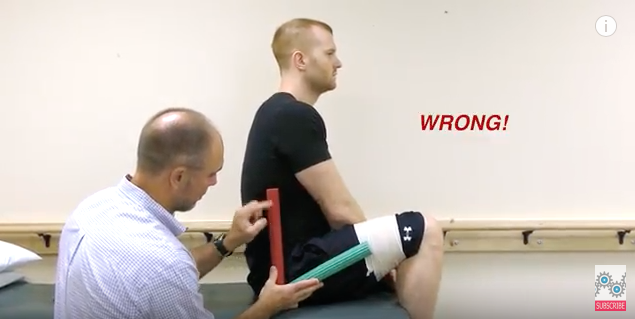
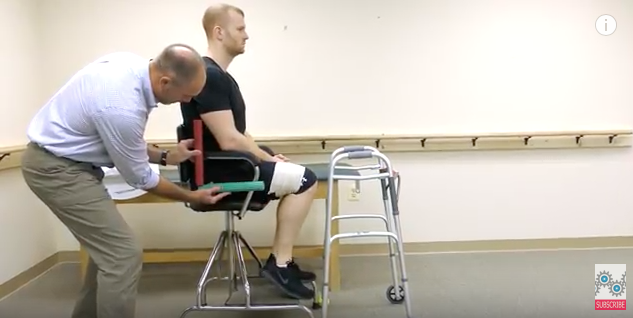


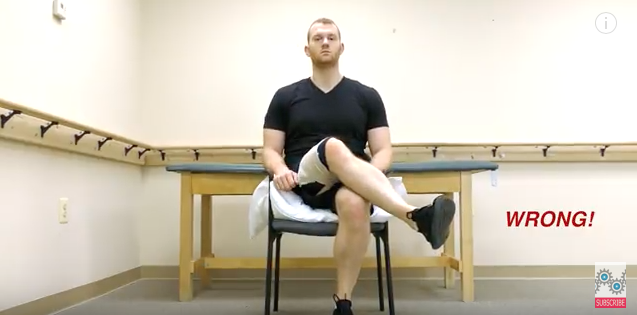

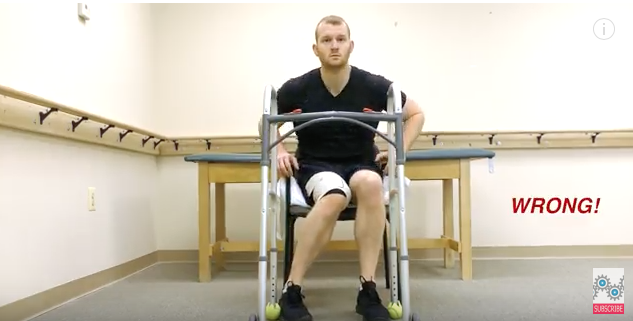
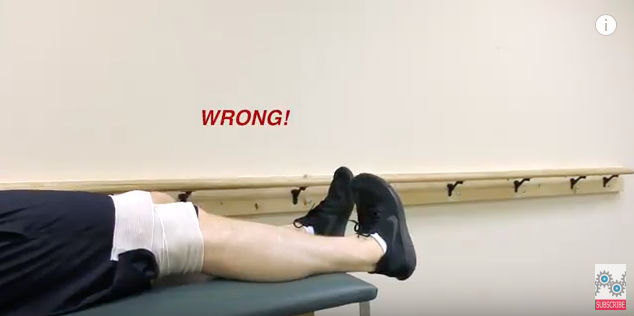



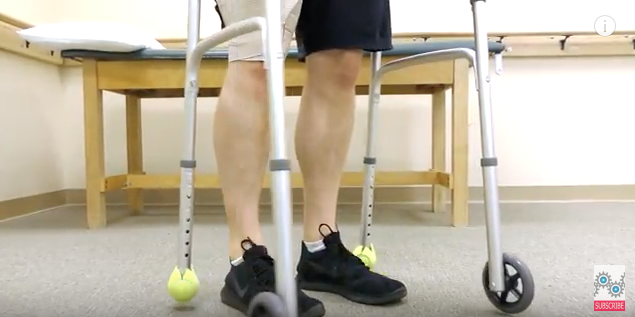





To maintain these precautions, it is VERY IMPORTANT that you also sit correctly in a chair.
Square up to the chair by taking baby steps around, do not pivot. Back up to the chair and feel the chair with the back of your legs.
Touch Chair with Back of Legs

Put the involved leg out slightly and reach back for the chair. Always sit in a chair that has armrests.
Putting Involved Leg Out and Reaching for Chair
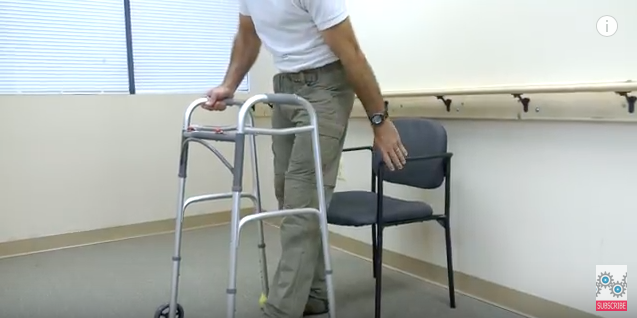

Sit on the front edge of the chair then scoot back. Again, do not bend your hip past 90 degrees when sitting so it is very important to keep your back straight and not lean forward.
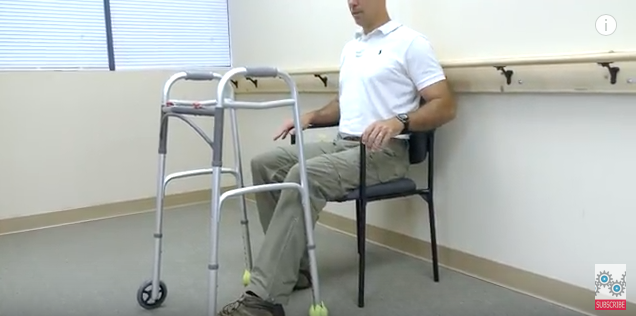
To go to standing, reverse the process. This same process can be performed with a 4-wheeled walker. Be sure to remember to always avoid chairs without armrests and stools.
These precautions also should be obeyed when riding in a car.

